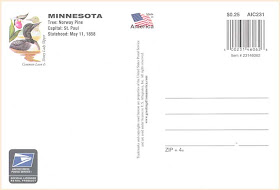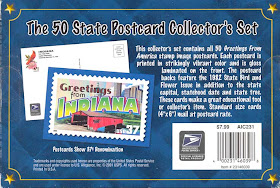
The following description is printed on the back of this postcard:
Design for Dreaming is a musical film about a woman who dreams about a masked man taking her to the 1956 General Motors Motorama at the Waldorf-Astoria Hotel and Frigidaire's "Kitchen of the Future."
The 1956 MOTORAMA features the Car of Tomorrow on the Highway of Tomorrow--and the most beautiful GM Cars of Today--starring the latest creations of Chevrolet, Pontiac, Oldsmobile, Buick, Cadillac--also Body by Fisher, Chevrolet and GMC Trucks, Frigidaire Kitchen of Tomorrow, GM Diesel and other new General Motors Products.The General Motors Motorama was an auto show staged by GM from 1949 to 1961. These shows were designed to whet public appetite and boost automobile sales with displays of fancy prototypes, concept vehicles and other special models. They were usually held in conjunction with the New York Auto Show in January. The 1956 dates were New York City (January 19–24), Miami (February 4–12), Los Angeles (March 3–11), San Francisco (March 24-April 1), Boston (April 19–29). Attendance was over 2.2 million.
Design for Dreaming is a musical film about a woman who dreams about a masked man taking her to the 1956 General Motors Motorama at the Waldorf-Astoria Hotel and Frigidaire's "Kitchen of the Future."








































